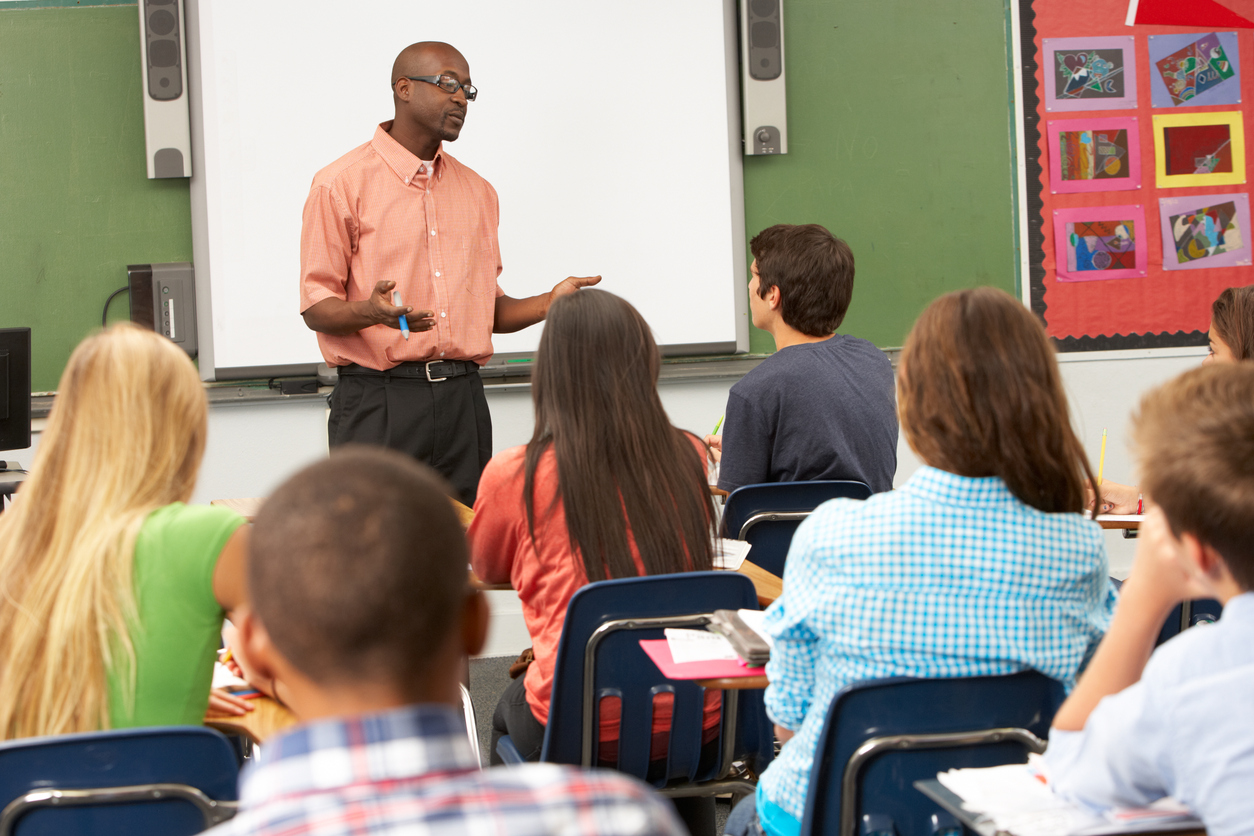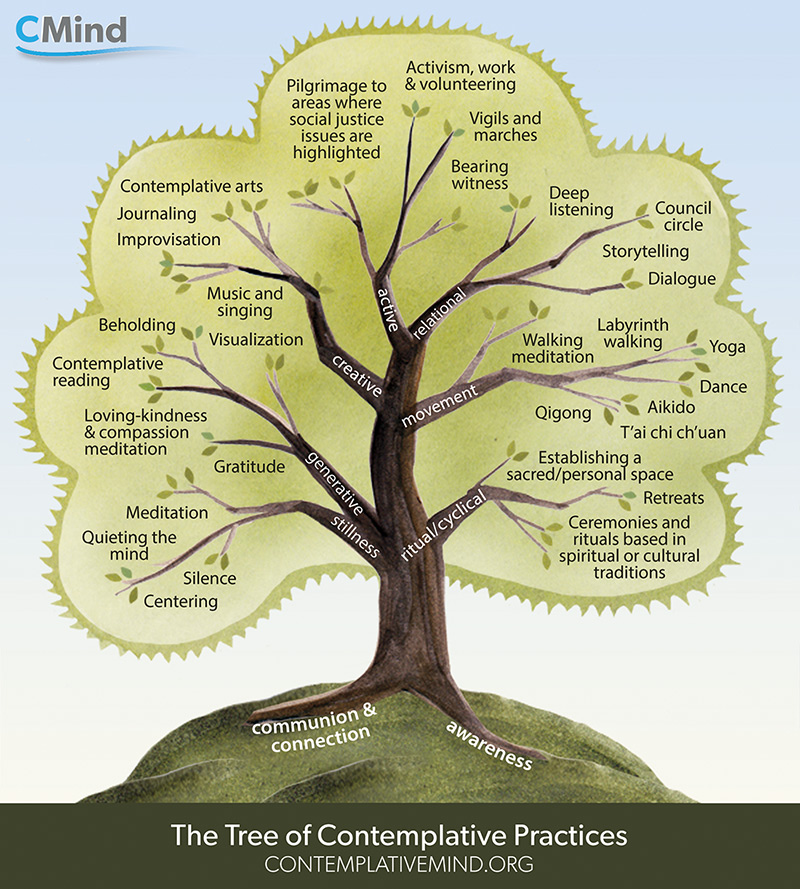Classroom Practices That Nurture Reflection, Empathy, and Presence: A Complete Guide for Educators
Sara Srifi
Mon Nov 03 2025

Learn effective classroom techniques to nurture student reflection, empathy, and presence. Build emotional intelligence while improving focus, connection, and learning outcomes.
In today's fast-paced educational landscape, academic achievement alone isn't enough. Students need spaces where they can develop self-awareness, connect deeply with others, and stay grounded in the present moment. These skills, reflection, empathy, and presence, form the foundation of emotional intelligence and lifelong well-being.
But how do we cultivate these qualities in our classrooms? Let's explore transformative practices that turn ordinary learning spaces into sanctuaries for growth.
Why Reflection, Empathy, and Presence Matter More Than Ever

Before diving into specific practices, it's worth understanding why these three elements are essential:
- Reflection helps students process their learning, understand their emotions, and develop metacognitive skills. When students reflect, they move from passive recipients of information to active architects of their own understanding.
- Empathy builds bridges between diverse perspectives, reduces bullying, and creates inclusive communities. In an increasingly polarized world, the ability to understand and share the feelings of others becomes not just valuable, but vital.
- Presence combats the constant digital distraction that fragments attention. When students learn to be fully present, they engage more deeply with content, peers, and themselves.
Together, these three qualities create what educators call “contemplative pedagogy”, an approach that honors the whole student, not just their academic performance.
Starting the Day with Intentional Presence

Mindful Morning Circles
Transform those chaotic first minutes of class into grounding rituals. Morning circles gather students in a physical circle where everyone has equal visibility and voice. Start with a simple breathing exercise: "Let's take three deep breaths together," followed by a brief check-in where students share one word describing their current state.
This practice accomplishes multiple goals simultaneously. It signals a transition from the outside world into the learning space, creates community through shared vulnerability, and teaches students to notice their internal states without judgment.
Arrival Activities That Center
Consider implementing "soft starts" where students enter to calming music and have 5-10 minutes for journaling, reading, or quiet conversation. This buffer zone respects that students arrive carrying different energies and experiences from their previous class or home life.
Reflection Practices That Go Beyond "What Did You Learn?"

Metacognitive Journaling
Move beyond simple diary entries by providing structured prompts that encourage deep thinking:
- "What confused me today, and what did I do about that confusion?"
- "How did my thinking change during this lesson?"
- "What strategy helped me most, and why do I think it worked?"
These prompts teach students to observe their own learning processes, a skill that research shows significantly improves academic outcomes and self-regulation.
Think-Pair-Share With a Twist
The classic think-pair-share gets an upgrade when you add reflection layers. After discussing with a partner, ask students: "How did your partner's perspective change or deepen your thinking?" This simple addition transforms a basic discussion strategy into an exercise in intellectual humility and growth mindset.
Exit Tickets That Matter
Rather than asking “What did you learn today?”, which often produces superficial responses, try prompts like:
- "What's one thing you'll remember from today six months from now, and why?"
- "Draw or diagram the most important concept from today"
- "What question are you leaving class with?"
These exit tickets provide valuable formative assessment while teaching students that questions and uncertainty are valuable parts of learning.
Building Empathy Through Intentional Connection

Structured Storytelling Sessions
Create regular opportunities for students to share personal narratives. "Community Share" time, where one student each week shares something meaningful about their life, culture, or interests, builds understanding across differences.
The key is establishing clear norms: active listening (no devices, facing the speaker), appreciative questions only, and respect for vulnerability. When a student shares about their family's immigration story or their struggle with anxiety, classmates develop empathy that no textbook exercise can match.
Perspective-Taking Protocols
When studying literature, history, or even scientific debates, implement "multiple perspectives protocols" where students must articulate viewpoints different from their own—before arguing for their position.
For example, in a debate about environmental policy, students first write from the perspective of a factory worker concerned about jobs, then from an indigenous person protecting ancestral lands, then from a scientist presenting data. This practice develops cognitive empathy—the ability to understand how others think and feel.
Peer Feedback as Empathy Practice
Transform peer review from criticism into empathetic communication. Teach students the "warm, specific, helpful" framework:
- Warm: What authentic strengths do you see in this work?
- Specific: What precise moments, phrases, or choices stood out?
- Helpful: What one suggestion might make the strongest impact?
This framework teaches students to look for the humanity and effort in others' work while developing the communication skills to offer constructive support.
Cultivating Presence in a Distracted World
Mindful Transitions
The space between activities is where attention often fractures. Create intentional transitions with brief mindfulness moments: "Before we move to the next activity, let's take three breaths and notice how our bodies feel right now."
These micro-practices, repeated consistently, train students' attention muscles without taking significant class time.
Single-Tasking Challenges
In a culture that celebrates multitasking, teach the power of sustained focus. Implement "deep work" sessions where phones are away, laptops are closed (unless needed for the task), and students engage with one challenging problem for an extended period.
Afterward, reflect on the experience: "What did you notice about your focus? What was difficult? What surprised you?" This meta-awareness helps students understand how their attention works.
Nature-Based Learning
Whenever possible, move learning outdoors or bring nature inside. A lesson conducted under a tree or a biology class that begins with five minutes of silent observation in a garden grounds students in the present moment while connecting them to the larger world.
Even small touches, a classroom plant to care for, windows opened to hear birds, remind students that they're part of an ecosystem beyond their devices.
Creating Space for Difficult Conversations

Restorative Circles for Conflict
When conflicts arise (and they will), restorative circles provide a structured way to address harm while building empathy. Rather than punitive measures, students sit in a circle and respond to prompts:
- "What happened from your perspective?"
- "Who was affected and how?"
- "What do you need to move forward?"
- "How can we repair the harm?"
This approach teaches students that mistakes are opportunities for growth and that communities heal through honest dialogue.
Processing Current Events Mindfully
When challenging news affects your students, create space to process collectively. Begin with a grounding practice, allow students to share their feelings without pressure to speak, and guide reflection on what's within their control versus what isn't.
This practice validates students' emotions while teaching emotional regulation and perspective—skills they'll need throughout life.
Integrating Contemplative Practices Across the Curriculum

Math as Mindfulness
Even subjects like mathematics can nurture presence and reflection. Before solving complex problems, try a "mathematical breathing" exercise: "Breathe in as you read the problem, breathe out as you visualize what it's asking." Pause before solving to ask: "What do I already know that might help?"
This transforms math from rushed computation into thoughtful problem-solving.
Science Through Wonder
Begin science units not with definitions but with wonder. "Spend two minutes observing this leaf/rock/chemical reaction. What do you notice? What questions arise?" This practice cultivates both presence and the scientific mindset of curiosity.
Literature as Empathy Training
Reading fiction is already an empathy practice, but make it explicit. Ask: "What does this character want? What prevents them from getting it? How would you feel in their situation?" Connect characters' struggles to students' lives: "When have you felt misunderstood like this character?"
Building a Reflective Classroom Culture

Modeling Vulnerability
Students learn to be reflective and empathetic when teachers model these qualities. Share your own learning process: "I struggled to plan this lesson because..." Admit when you don't know something: "That's a great question I need to research."
This vulnerability gives students permission to be imperfect learners themselves.
Creating a Vocabulary for Emotions and Thinking
Display emotion wheels and metacognitive thinking stems so students have language for their internal experiences. Instead of "I feel bad," students can identify "I feel overwhelmed" or "I feel disappointed." Instead of "I don't get it," they can say "I understand the concept but struggle to apply it."
Precise language enables precise reflection.
Celebrating Growth Over Performance
Shift recognition from final products to growth processes. Instead of only showcasing the best essays, celebrate the student who revised extensively, the one who asked great questions, or the one who helped a peer understand.
This creates a culture where reflection and empathy are valued as much as traditional achievement.
Practical Tips for Implementation
Starting these practices can feel overwhelming. Here's how to begin:
- Start small: Choose one practice and implement it consistently for a month before adding another.
- Be consistent: Brief daily practices have more impact than occasional long ones.
- Explain the why: Students engage more deeply when they understand how these practices benefit them.
- Adapt to your context: A second-grade morning circle looks different from a high school one. Honor your students' developmental stage and needs.
- Create accountability structures: Partner with another teacher to support each other's implementation.
- Gather feedback: Ask students what practices help them and what doesn't resonate.
Measuring What Matters
How do you know if these practices are working? Look for shifts beyond test scores:
- Students managing frustration more effectively
- Increased participation from typically quiet students
- Students checking in on each other unprompted
- Greater depth in class discussions
- Reduced classroom conflict
- Students independently using reflection or mindfulness strategies
These qualitative changes indicate that students are internalizing these essential life skills.
The Ripple Effect
When classrooms nurture reflection, empathy, and presence, the impact extends far beyond those four walls. Students carry these skills home, into friendships, and eventually into workplaces and communities. They become adults who pause before reacting, who seek to understand before judging, and who can be fully present with the people and experiences in their lives.
In a world that often feels fragmented and rushed, these classroom practices offer students something increasingly rare and precious: space to know themselves, connect with others, and inhabit each moment fully.
The most powerful learning happens not when we fill students' minds with information, but when we create conditions for them to discover their own wisdom, connect with shared humanity, and wake up to the present moment. These practices don't add to your curriculum, they transform how students engage with everything you're already teaching.
What practice will you try first in your classroom?
previous
Listening to Trees: The Art of Ecological Perception
next
What Carl Jung Meant by Individuation and Why It Still Matters
Share this

Sara Srifi
Sara is a Software Engineering and Business student with a passion for astronomy, cultural studies, and human-centered storytelling. She explores the quiet intersections between science, identity, and imagination, reflecting on how space, art, and society shape the way we understand ourselves and the world around us. Her writing draws on curiosity and lived experience to bridge disciplines and spark dialogue across cultures.









